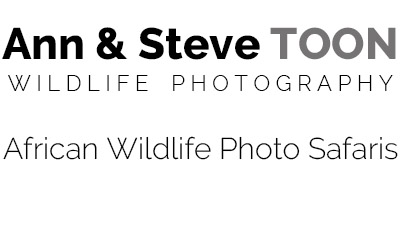If you love leopards then this is the photo safari for you. We’ve combined two of Africa’s top leopard locations in a trip that promises to deliver superb photographic opportunities with these charismatic spotted cats and much more besides. The rest of the Big Five will also be on the menu, with lion and elephant featuring particularly prominently, and there’s also a good chance of high quality cheetah and African wild dog encounters.
Mashatu game reserve in Eastern Botswana is a firm favourite among wildlife photographers for its abundant wildlife, untamed wilderness scenery, highly-regarded low-level photo hide, and, of course, its leopards. It’s one of the best places we know to photograph leopards, and they will be top of our shooting list. Located within the Northern Tuli game reserve near the confluence of the Limpopo and Shashe rivers, Mashatu boasts the largest elephant population on a private reserve in Africa, and they are regular visitors to the hide.
MalaMala is a byword for classic safari luxury, but it’s the spectacular wildlife viewing, and in particular its relaxed leopards, that are the drawcards for us. It’s easily the biggest reserve in South Africa’s renowned Sabi Sand, sharing a 19 km (12 mile) unfenced boundary with Kruger national park. The Sand River snakes through the reserve, with riverine woodland habitat that is perfect for leopards. The river provides the main source of water in the dry winter season for prey and predators alike. Unlike most other Sabi Sand reserves, MalaMala doesn’t share traversing rights with other properties, so it’s very exclusive and means there’s much less pressure to give way at sightings. Aside from the leopards, MalaMala offers excellent lion sightings, and a good chance of wild dogs, which regularly move through the reserve.
At Mashatu and MalaMala we’ll be using expert photo-savvy guides to track down our subjects, we’ll have only three guests per vehicle, with off-road driving ensuring you have a prime position at sightings, and you’ll always have one of us with you on the vehicle, to help with advice and inspiration. Accommodation is in stylish suites, with great food, so you will be able to recharge and refuel in luxury between drives. We’ll be visiting in the dry winter season, when temperatures are pleasant, there’s great photographic light and little risk of malaria.






